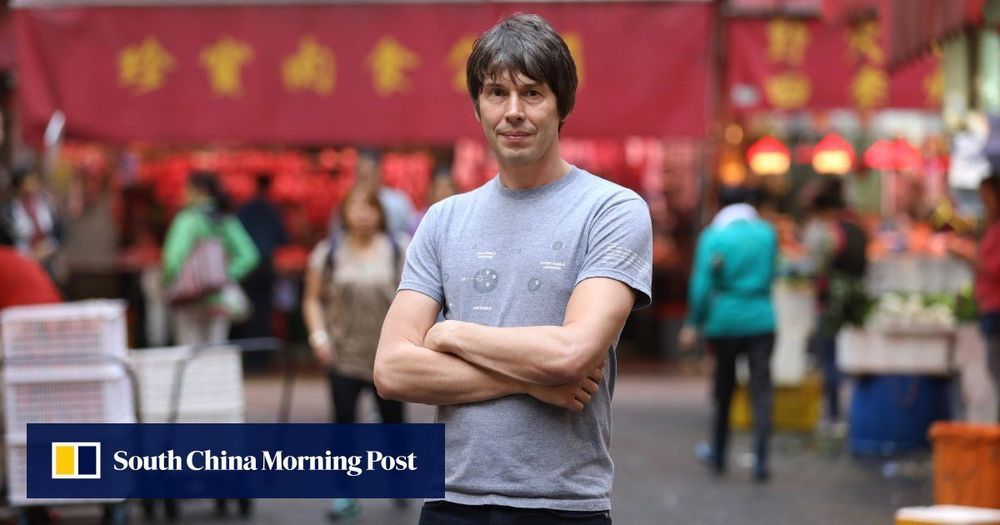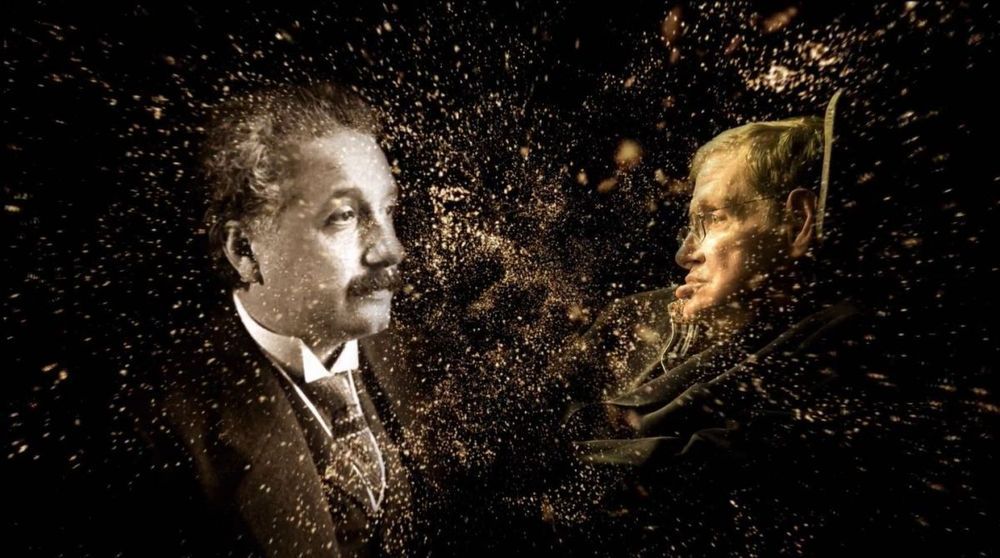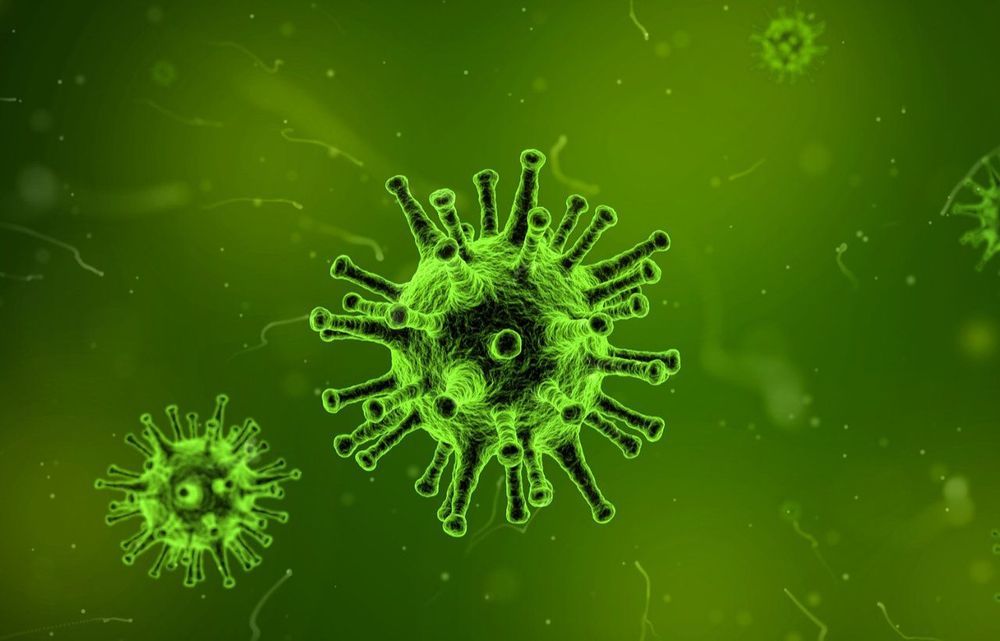Get the latest international news and world events from around the world.




California man learns he’s dying from doctor on robot video
SAN FRANCISCO (AP) — Ernest Quintana’s family knew he was dying of chronic lung disease when he was taken by ambulance to a hospital, unable to breathe.
But they were devastated when a robot machine rolled into his room in the intensive care unit that night and a doctor told the 78-year-old patient by video call he would likely die within days.
“If you’re coming to tell us normal news, that’s fine, but if you’re coming to tell us there’s no lung left and we want to put you on a morphine drip until you die, it should be done by a human being and not a machine,” his daughter Catherine Quintana said Friday.


Another wave of severe flu infections is coming warns CDC
In its most recent weekly US influenza surveillance report, the Centers for Disease Control and Prevention revealed that flu activity remains high across the nation. According to the agency, both the influenza A viruses H1N1 and H3N2, as well as influenza B viruses, are still making rounds through the population, with H3 viruses more frequently reported than H1N1.

FDA approves 1st immunotherapy drug to treat breast cancer
The U.S. Food and Drug Administration has approved the first immunotherapy drug for breast cancer.
Continue Reading Below
Swiss drugmaker Roche’s Tecentriq was OK’d Friday for treating advanced triple-negative breast cancer, which accounts for about 15 percent of cases. It’s to be given with chemotherapy, the standard treatment.

Women Who Changed Science: A New Lens On Inspiring Female Nobel Prize Winners
As a passionate supporter of the advancement of women and recognition for their immense contributions to our world, I was thrilled to learn of a fascinating new initiative that launched today, in honor of International Women’s Day and Women’s History Month. This unique AI-powered web experience called https://www.nobelprize.org/womenwhochangedscience/” target=”_blank” rel=” nofollow noopener noreferrer” data-ga-track=” ExternalLink: https://www.nobelprize.org/womenwhochangedscience/”>Women Who Changed Science highlights the achievements of female Nobel Prize winners who broke new ground in physics, chemistry and medicine. Raising awareness of their tremendous impact, the initiative aims to empower the next generation of scientists.
Women Who Changed Science is an outgrowth of a new collaboration with Nobel Media and Microsoft and is one of Microsoft’s ongoing initiatives to build female inclusion and diversity in STEM fields. This new endeavor trains a lens on the inspiring journeys and contributions of female Nobel Prize winners who’ve significantly impacted our world for the better.

On International Women’s Day, Google Celebrates NASA Pioneer Mae Jemison
Never be limited by other people’s limited imaginations… If you adopt their attitudes, then the possibility won’t exist because you’ll have already shut it out… You can hear other people’s wisdom, but you’ve got to re-evaluate the world for yourself.
As a physician, Peace Corps volunteer, entrepreneur, teacher, dancer, and astronaut, Jemison has certainly lived her life in protest of people’s limited imaginations. Born in 1956, Jemison’s interest in STEM rooted early, and she enrolled at Stanford University when she was only 16. She majored in degrees in both chemical engineering and Afro-American studies, and she went on to receive an M.D. just four years later.
Jemison worked as a medical practitioner and served for two-and-a-half years in the Peace Corps as a medical officer. When she returned to the United States in 1985, she did something incredibly difficult: She pivoted her career entirely to pursue her childhood dream of becoming an astronaut. Jemison applied to the NASA astronaut training program, was selected from a field of 2,000 individuals, and in 1992, became the first African-American woman to go to space.